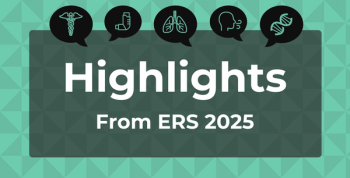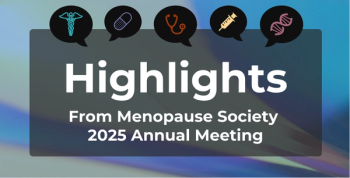
Real-World Data Support Improved Management of T2D With Toujeo
Researchers set out to analyze the clinical outcomes in a real-world clinical setting of patients with T2D who switched to Toujeo from another basal insulin.
In the EDITION randomized clinical trial program, the new basal insulin glargine 300 U/mL (Gla-300), also known as Toujeo, demonstrated efficacy and safety in patients with type 2 diabetes (T2D) who are inadequately controlled. Real-world data was presented in a poster at the AMCP Managed Care & Specialty Pharmacy Annual Meeting, held April 19-22 in San Francisco, California.
Toujeo entered the US market in February 2015. The researchers set out to analyze the clinical outcomes in a real-world clinical setting of patients with T2D who switched to Toujeo from another basal insulin.
“Real-world evidence is critical to complement the results of randomized trials and assist patients, clinicians, and health care systems to make informed decisions on effective care,” the authors wrote in the poster.
The study is a retrospective, observational pre-post using data obtained from electronic medical records in the Predictive Health Intelligence Environment diabetes dataset. The researchers assessed patient data for up to 6 months prior to the initiation of Toujeo and up to 6 months after initiation.
The researchers found that mean glycated hemoglobin decreased from 8.85% at baseline (before the initiation of Toujeo) to 8.20% during the 6-month follow-up. In addition, switching to Toujeo was associated with a numerically lower percentage of hypoglycemia events during follow-up.
There were also financial benefits to the switch. A cost-comparison model simulated switching from other basal insulins to Toujeo by comparing the costs associated and found that switching was associated with a reduction of $70.73 in hypoglycemia-related medical costs. Another $45.62 was saved in other diabetes-related complication costs. Overall, there would be annual savings of $116.35 per patient in medical costs.
“This real-world study supports the results of the EDITION randomized clinical trial program, which reported that switching to Gla-300 was associated with improved management of T2D,” the authors concluded.
To listen to one of the study’s authors explain the results,
Newsletter
Stay ahead of policy, cost, and value—subscribe to AJMC for expert insights at the intersection of clinical care and health economics.













































